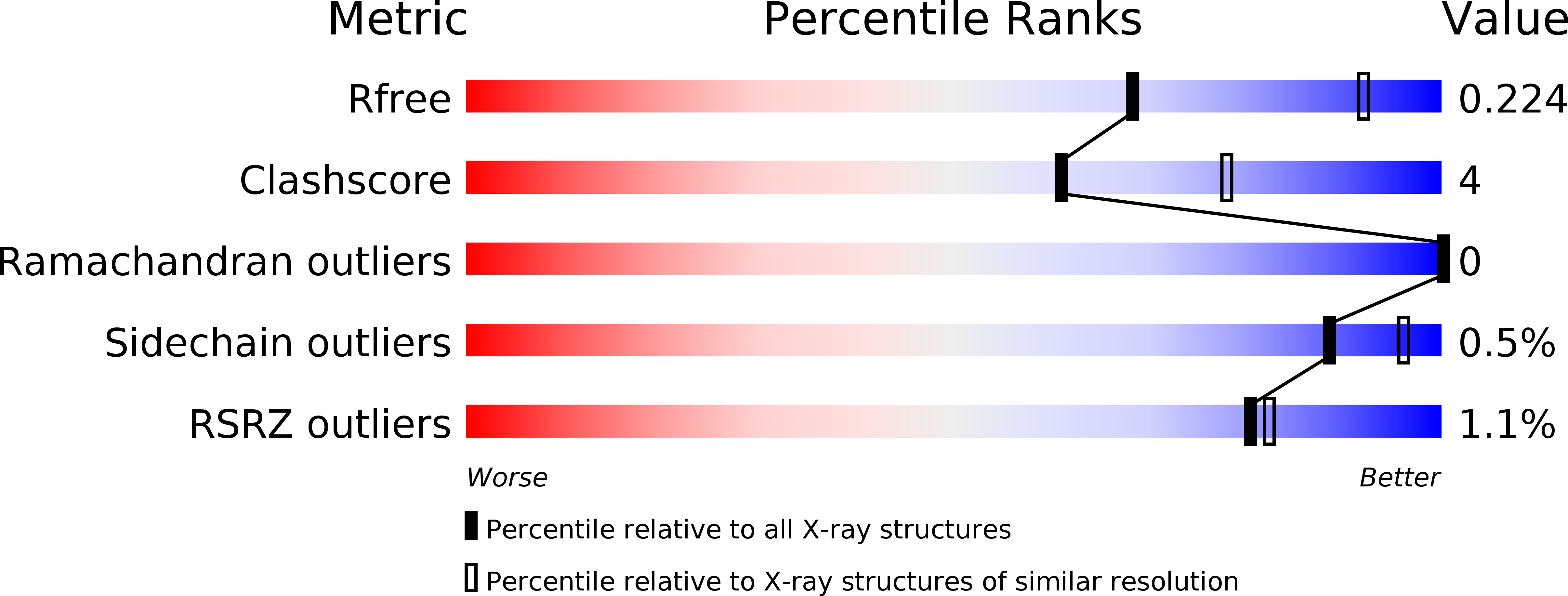
Deposition Date
2015-03-25
Release Date
2016-04-13
Last Version Date
2023-09-27
Entry Detail
PDB ID:
4Z07
Keywords:
Title:
Co-crystal structure of the tandem CNB (CNB-A/B) domains of human PKG I beta with cGMP
Biological Source:
Source Organism:
Homo sapiens (Taxon ID: 9606)
Host Organism:
Method Details:
Experimental Method:
Resolution:
2.50 Å
R-Value Free:
0.22
R-Value Work:
0.16
R-Value Observed:
0.16
Space Group:
C 2 2 2


